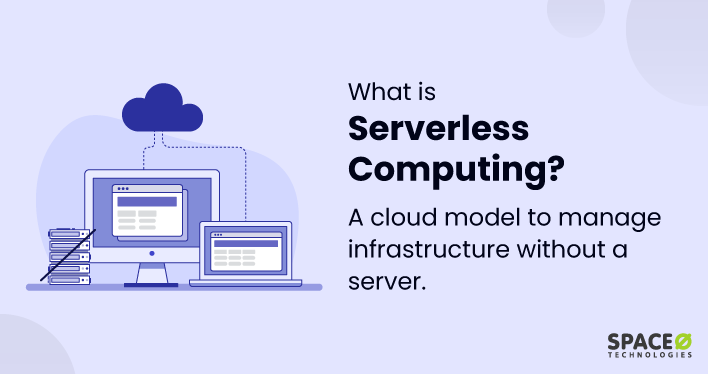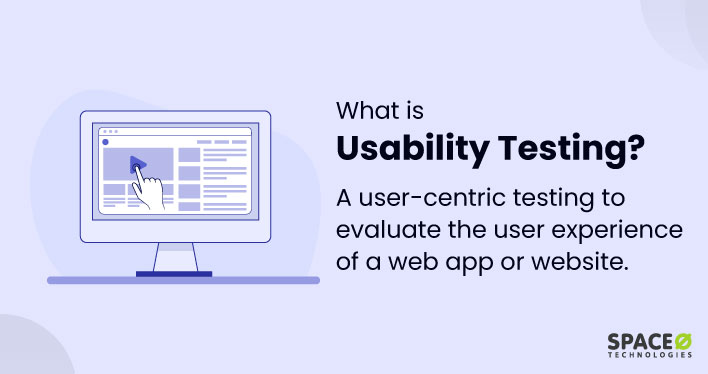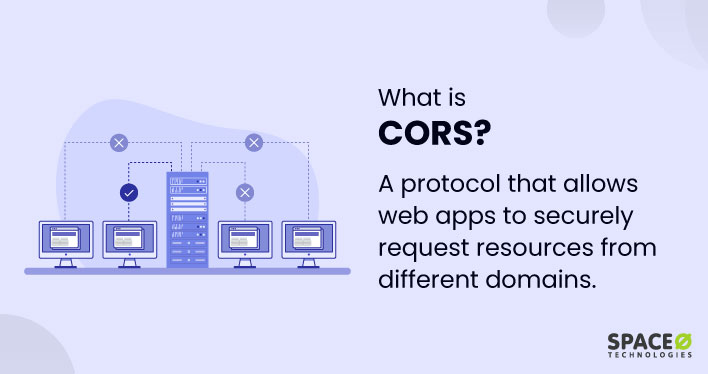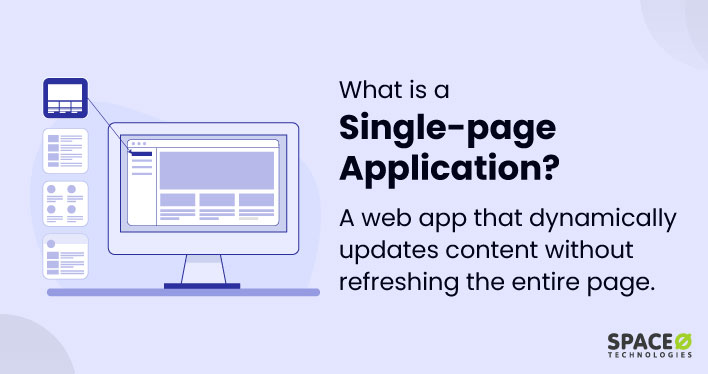Table of Contents
What is Serverless Computing?
Serverless computing is a cloud computing model that allows developers to run and execute applications without the need to manage server infrastructure.
The cloud provider takes care of the server management and resource allocation, allowing developers to focus solely on writing and deploying their code. Also known as function-as-a-service (FAAS), it enables a pay-per-use model, where users are charged based on the actual execution time and resources consumed by their serverless functions.
How Does Serverless Computing Work?
Serverless computing works by shifting the responsibility of managing server infrastructure from the application developer to the cloud provider, allowing developers to focus on building the serverless workflows. Here’s how it works:
- Application Deployment
Developers write their application code and package it into individual serverless functions or microservices. These functions represent specific tasks or serverless services that the application needs to perform. - Event Trigger
When an event occurs, such as an HTTP request, a database update, or a scheduled event, it triggers the execution of a specific function. The event can be generated internally within the application or externally from various sources. - Resource Allocation
The cloud provider dynamically allocates the necessary resources to run the function. These resources include computing power, memory, and other required dependencies. The allocation is based on the demand and workload of the application at that moment. - Function Execution
The function code is executed in stateless serverless environments. It performs the required batch processing or computation, accessing any necessary data or services. - Scalability and Elasticity
Serverless platforms automatically scale the number of instances of a function in response to the workload. If there is high demand, additional instances of the function are created to handle the increased load. As the load decreases, excess instances are removed, ensuring optimal resource utilization. - Billing and Cost
Users are charged based on the actual consumption of resources and the execution time of their functions. The pay-per-use model means that you only pay for the resources consumed during the function execution, eliminating the need to pay for idle resources. - Managed Infrastructure
The cloud provider handles server management, including server provisioning, scaling, and maintenance. The serverless approach enables the development teams from the operational tasks associated with managing servers, allowing them to focus solely on writing business logic.
3 Use Cases of Serverless Computing
Serverless computing is well-suited for various use cases, including:
- Microservices and APIs: Serverless architecture is an excellent choice for building microservices and APIs. Each function can handle a specific task or service, allowing developers to create modular and scalable serverless applications. For example, a serverless function can be responsible for processing payments or generating PDF documents on demand.
- Event-driven Processing: Serverless computing is ideal for event-driven scenarios, such as real-time data processing, image or video processing, and IoT data ingestion. Functions can be triggered by events from various sources, allowing for efficient and scalable data processing.
- Web and Mobile Backends: Serverless architectures can be used to develop backends for web and mobile applications. It provides an efficient way to handle user authentication, database operations, and other backend functionalities without the need for managing server infrastructure.
5 Key Benefits of Serverless Computing
Serverless architecture offers several advantages that make it an attractive choice for developers and businesses:
Scales Applications Automatically
A serverless platform enables the automatic scaling of serverless applications based on demand. The cloud providers handle the scaling dynamically, allocating the necessary resources to handle workload spikes and adjusting resources as needed. This ensures optimal performance and eliminates the need for manual scaling.
Lowers the Cost
With serverless computing, you only pay for the actual execution time and resources consumed by your applications. Since the infrastructure is managed by the cloud provider, you don’t have to pay for idle resources. This consumption-based pricing model leads to cost savings, particularly for applications with variable workloads or sporadic traffic patterns.
Reduces Operational Overhead
A serverless cloud platform abstracts away server management tasks, such as server provisioning, patching, and infrastructure scaling. A cloud service provider takes care of these operational tasks, allowing developers and businesses to focus more on writing code and delivering value to their users. This reduces operational complexities and frees up resources to concentrate on core business activities.
Increases Developer’s Productivity
Offloading server management to the cloud provider, it allows developers to focus on writing serverless application logic and delivering features. They can spend more time on actual development work rather than managing servers and infrastructure. This improves developer productivity and accelerates the application development process.
Improves Time to Market
Serverless computing offers faster development cycles and quicker time to market for applications. With reduced operational tasks and simplified deployment processes, developers can focus on building serverless application logic and features. This enables rapid development iterations, allowing businesses to deliver new features and updates more efficiently.
Serverless computing is a cloud computing model that allows developers to write and deploy code without managing server infrastructure. The serverless platform offers event-driven execution, automatic scaling, and a pay-per-use billing model. This cloud infrastructure is suitable for microservices, and event-driven processing.







